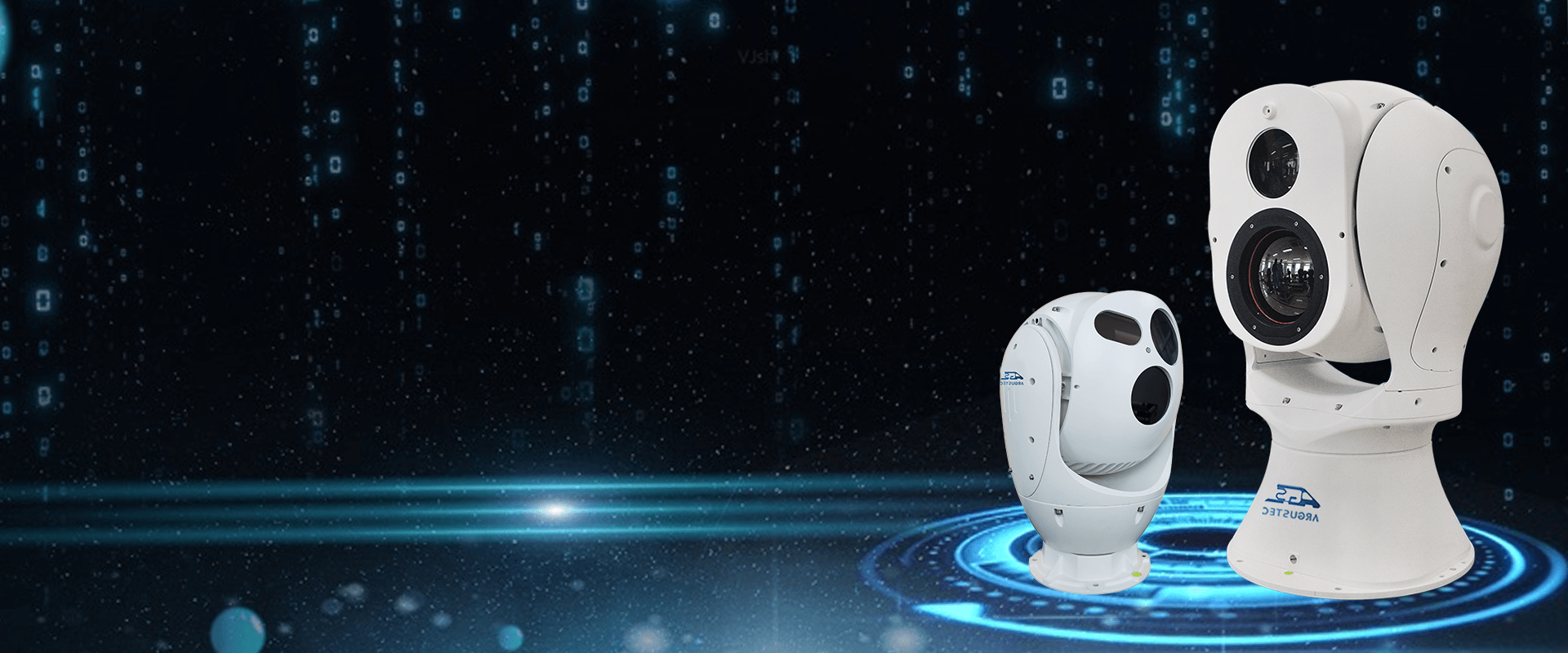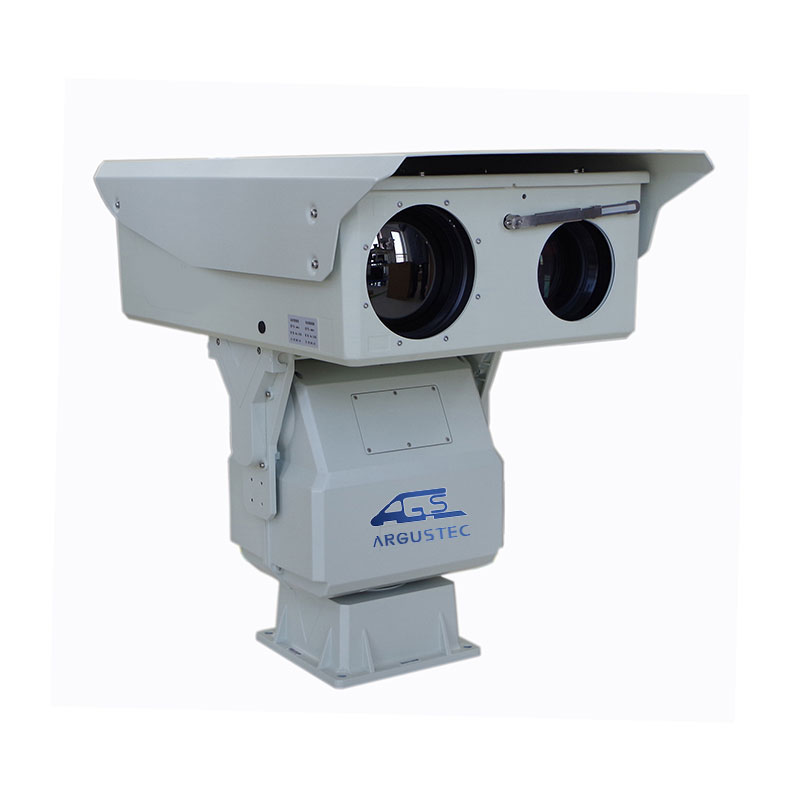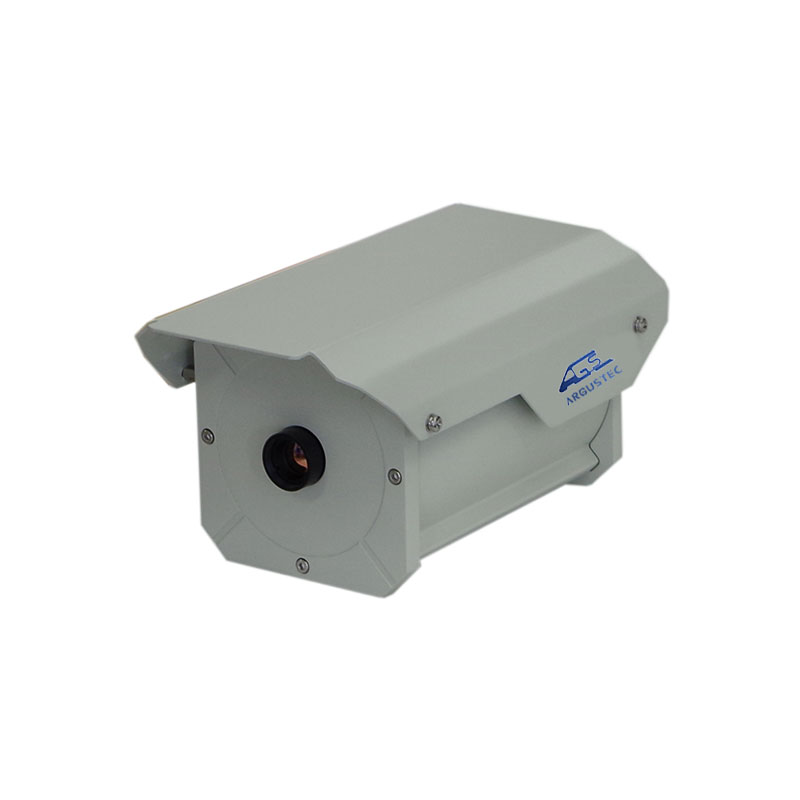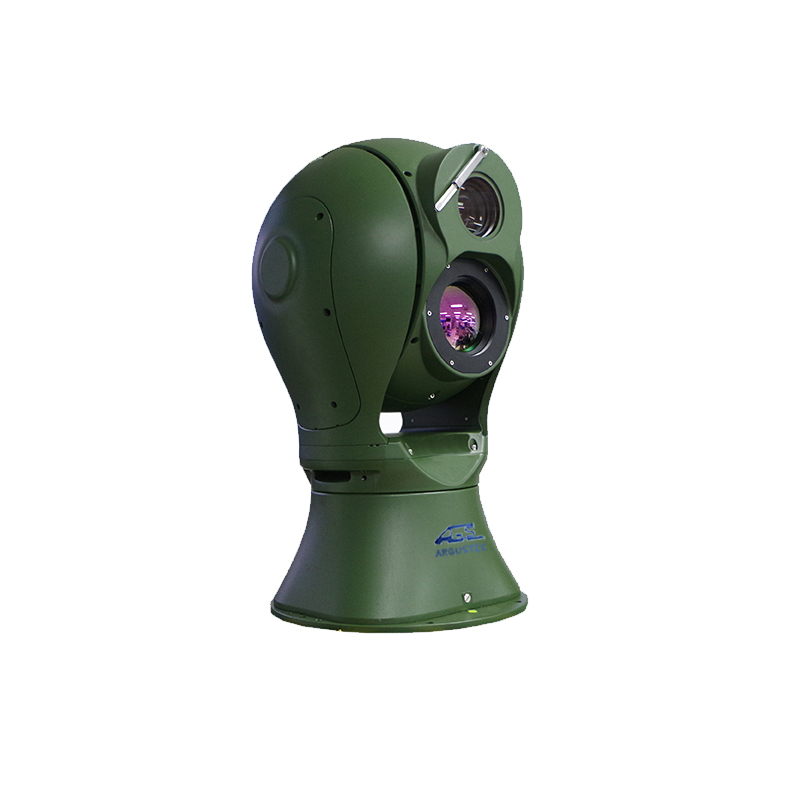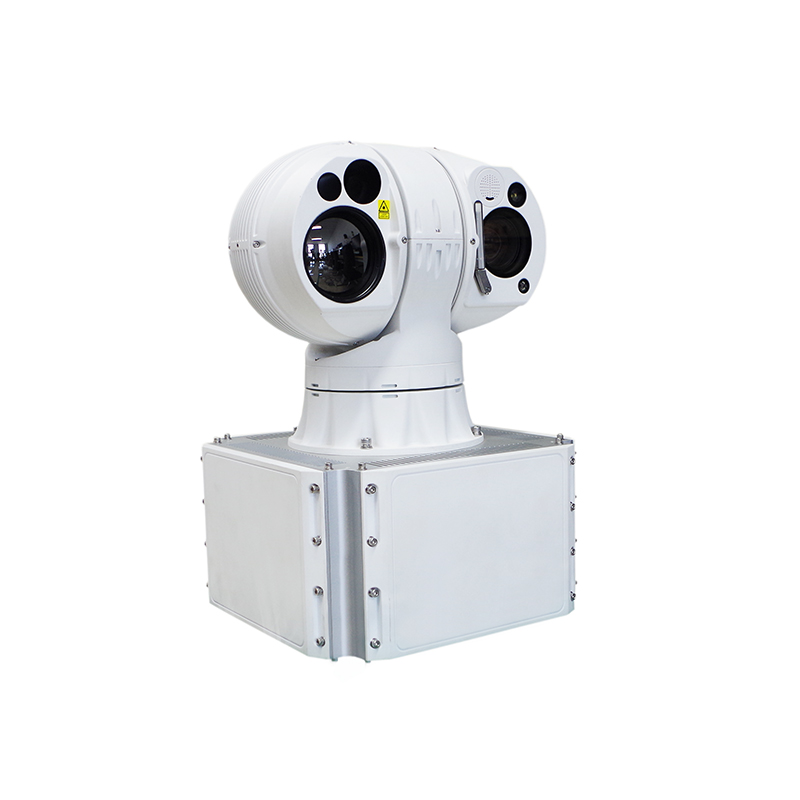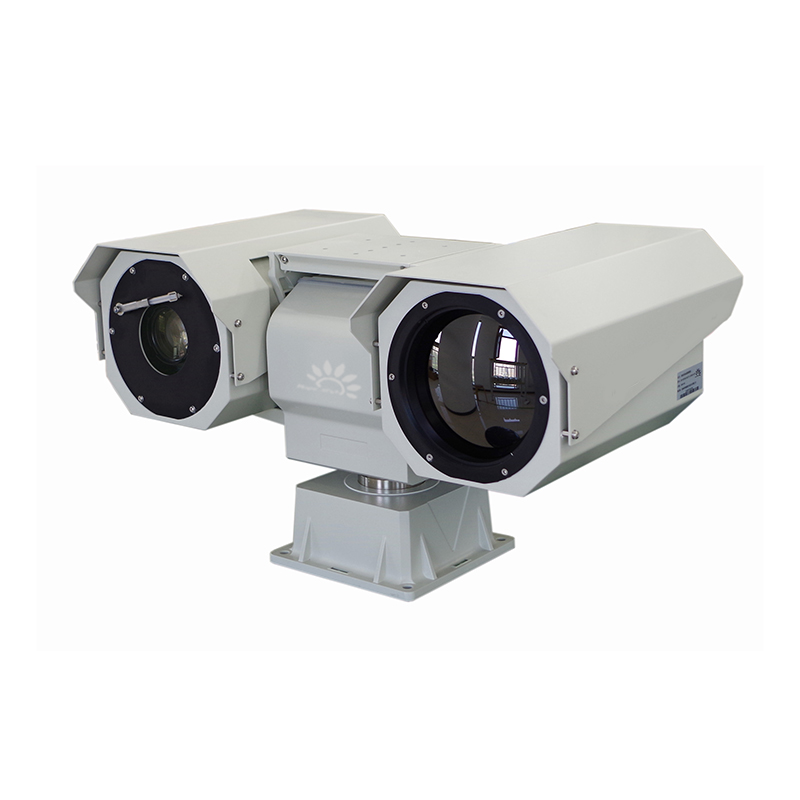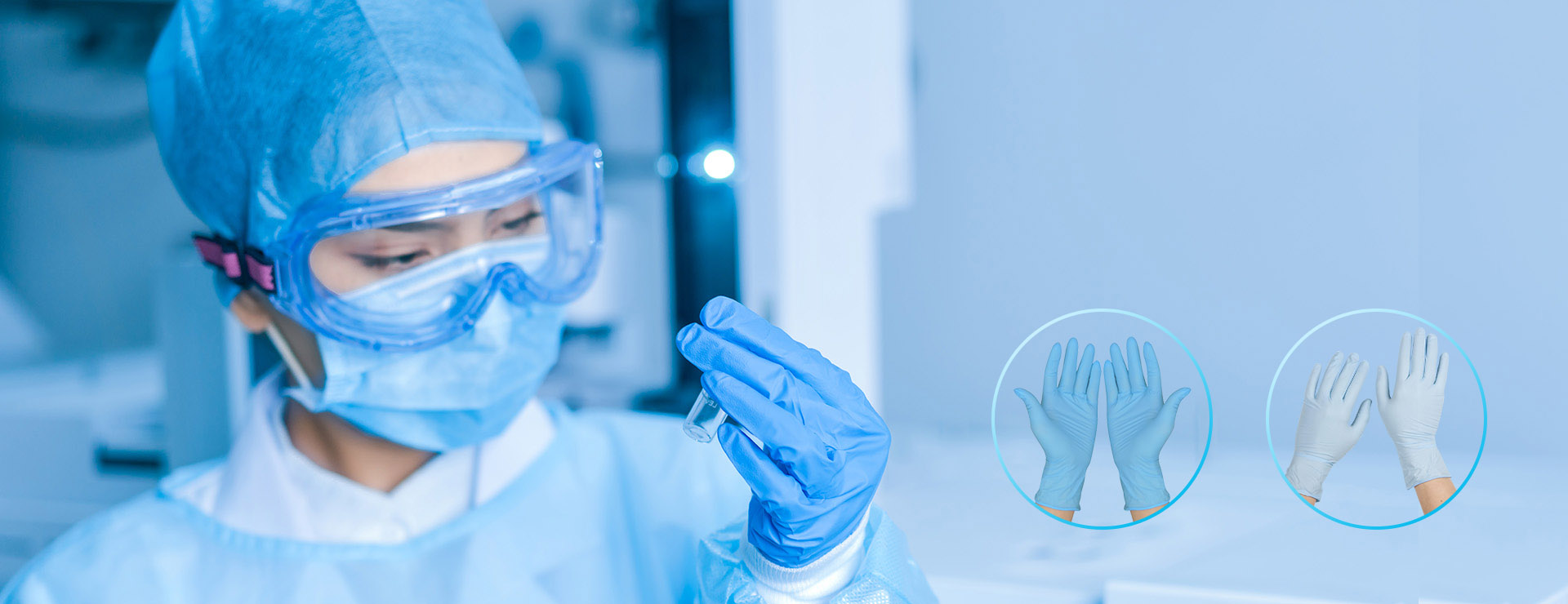Glad to inform that we already developed a unique model, Mini cell phone charger, which good for promotion! Monocular Thermal Camera,
Waterproof Ptz Optical Platform Camera, Thermal Electro-Optical/Infra-Red, Long Distance Infrared Handheld Camera, We always provide best quality products and excellent service for the majority of business users and traders . Warmly welcome to join us, let's innovate together, and fly dreams., Luxembourg, Bangkok, Now, we are trying to enter new markets where we do not have a presence and developing the markets we have now the already penetrated. On account of superior quality and competitive price , we'll be the market leader, be sure to don??¥t hesitate to contact us by phone or email, if you are interested in any of our solutions. In our life, the monocular thermal camera has many important effects on us, especially for those professional scanning c
Monocular thermal cameras are relatively common items in our lives and have many important effects on our lives. So, wha
We know that a monocular thermal camera may just be a tool for testing scanning, and we don't seem to understand the que
A monocular thermal camera is to transform the invisible infrared energy emitted by the object into a visible thermal im
A thermal camera is a non-contact temperature measurement device. Since its development to the present, thermal cameras
The long range thermal camera in China is now very different from what it was five or ten years ago and is already an in
Argus was been invited by China Electronics Technology Group Cooperation as a supplier for a project in Thailand on Marc
According to the performance characteristics of the night vision camera itself, wearing it will generally have the follo
marine Laser Night Vision Camera for Harbor on sale manufacturers, find details about marine Laser Night Vision Camera for Harbor manufacturers, supplier and wholesaler
Great entry level camera and video recorder. Suitable for taking to places such as a music festival. A great camera for children to play with. Budget friendly digital video camcorder. Includes a rich selection of features such as digital zoom up to 16x, face recognition anti-shake
The SW1000 is designed for use in telecommunication and power distribution applications where an uninterrupted load is switched. These contactors are primarily for use with Direct Current loads but can also be used with
COOAU 1080P FHD Dash Cam, Smart Dash Camera for Cars , 360 Degree Rotation, Mini Car Camera Recorder wif Infrared Night Vision, Supercapacitor, G-Sensor, WDR, Loop-Recording,
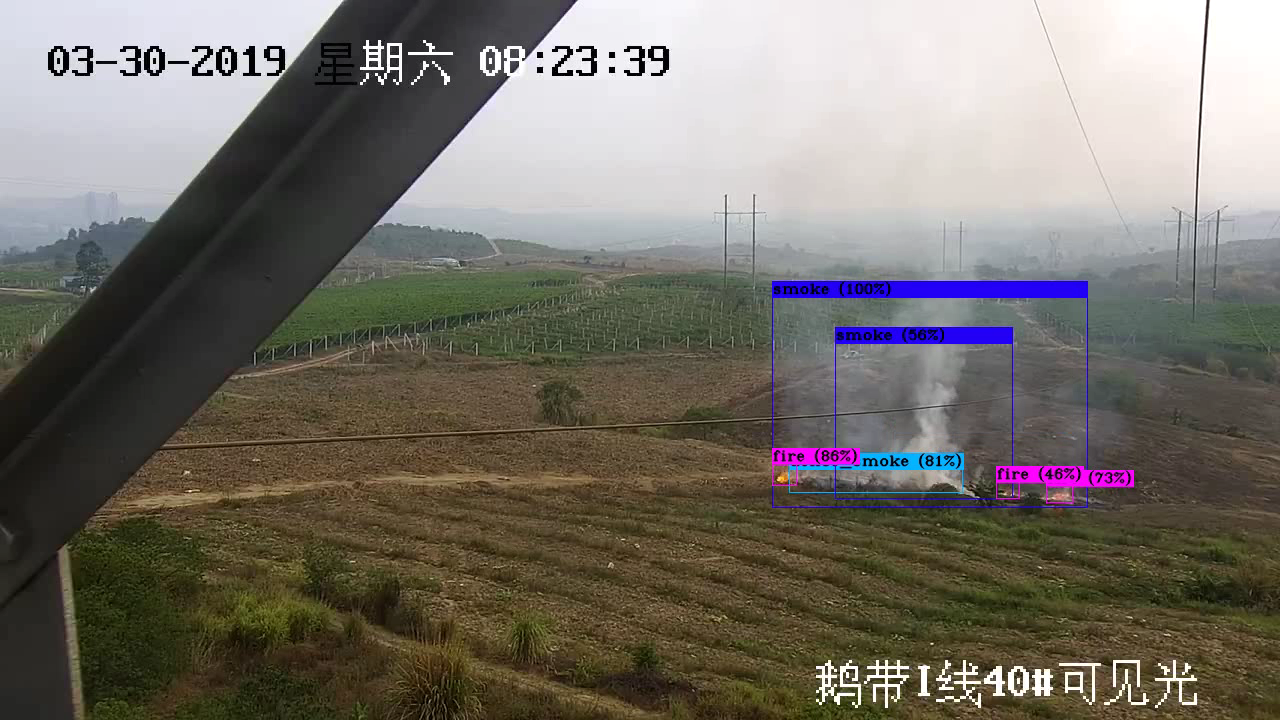
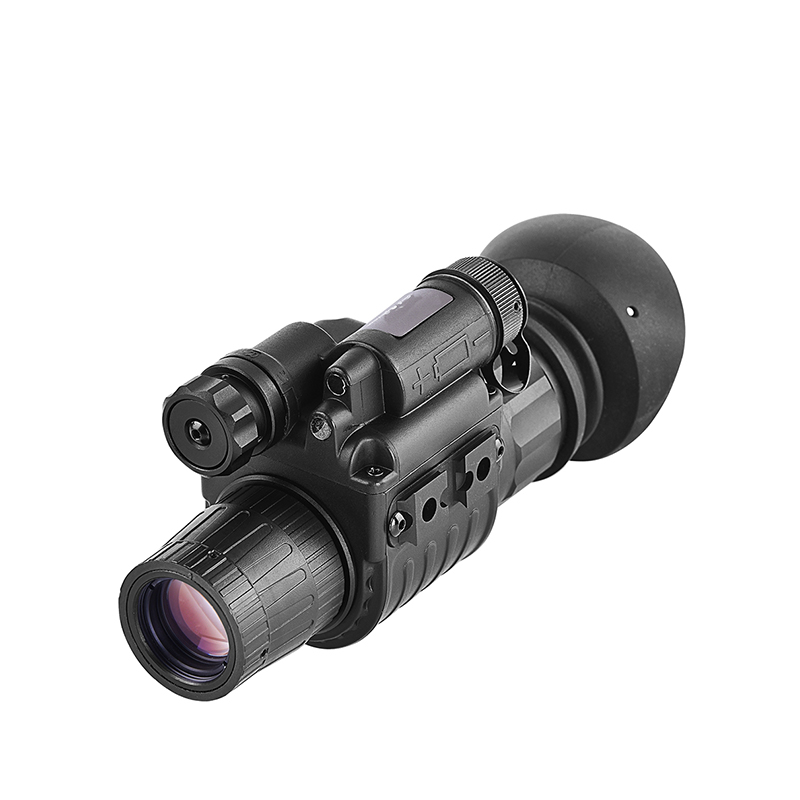
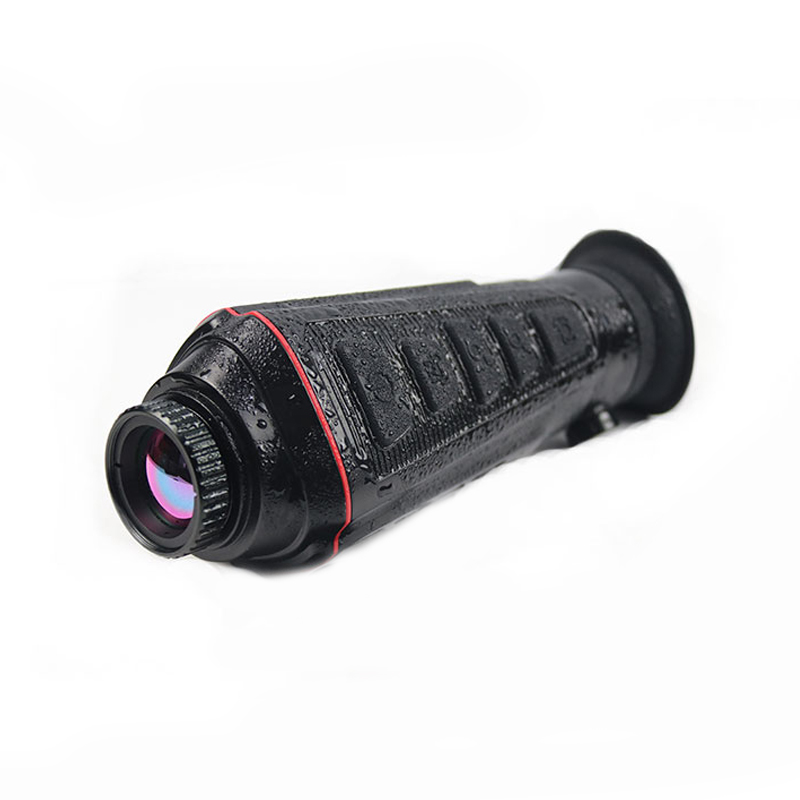
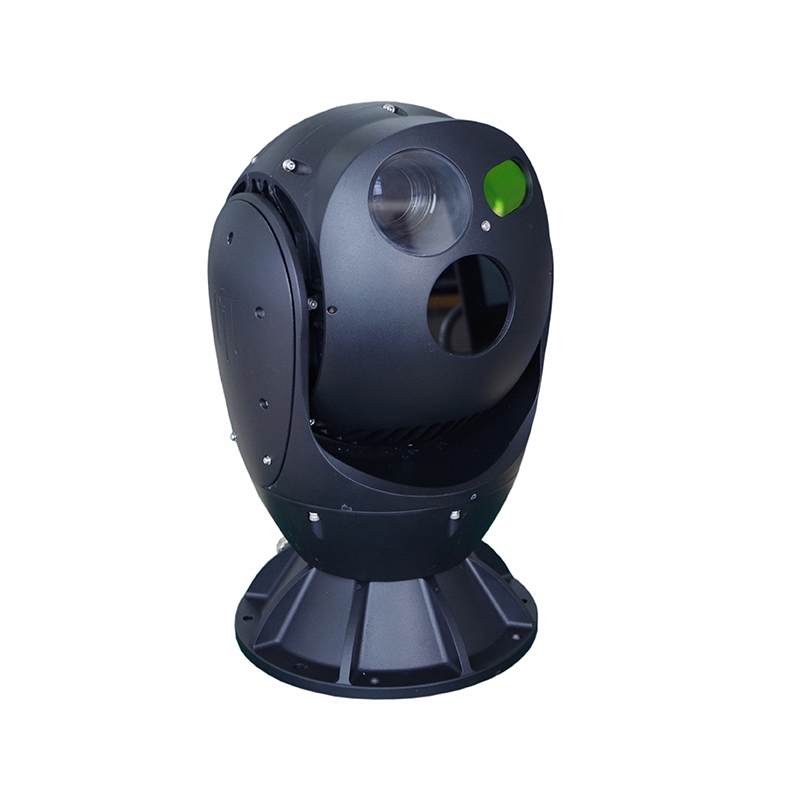

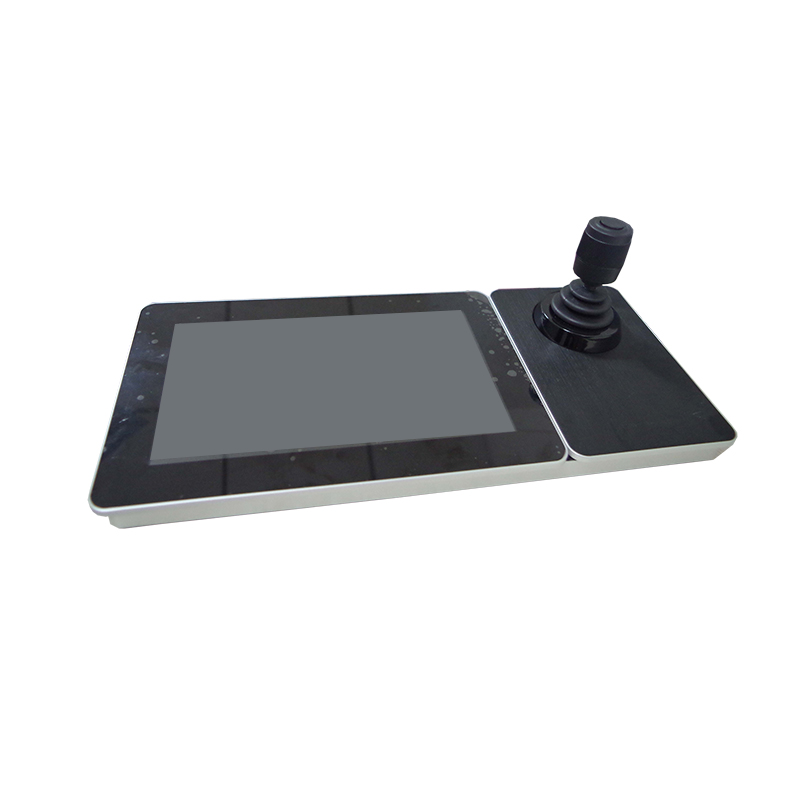
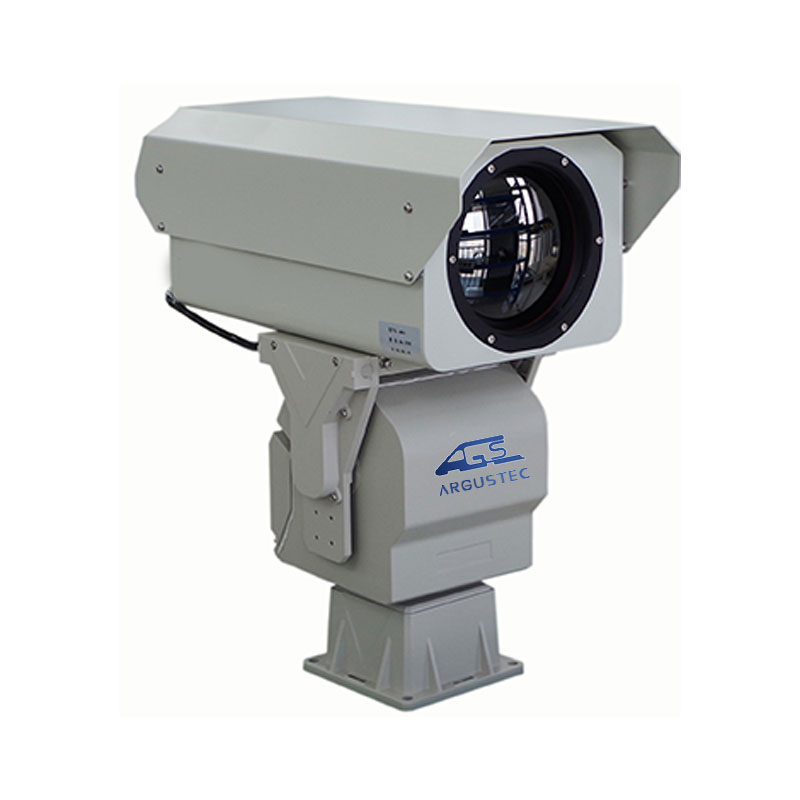


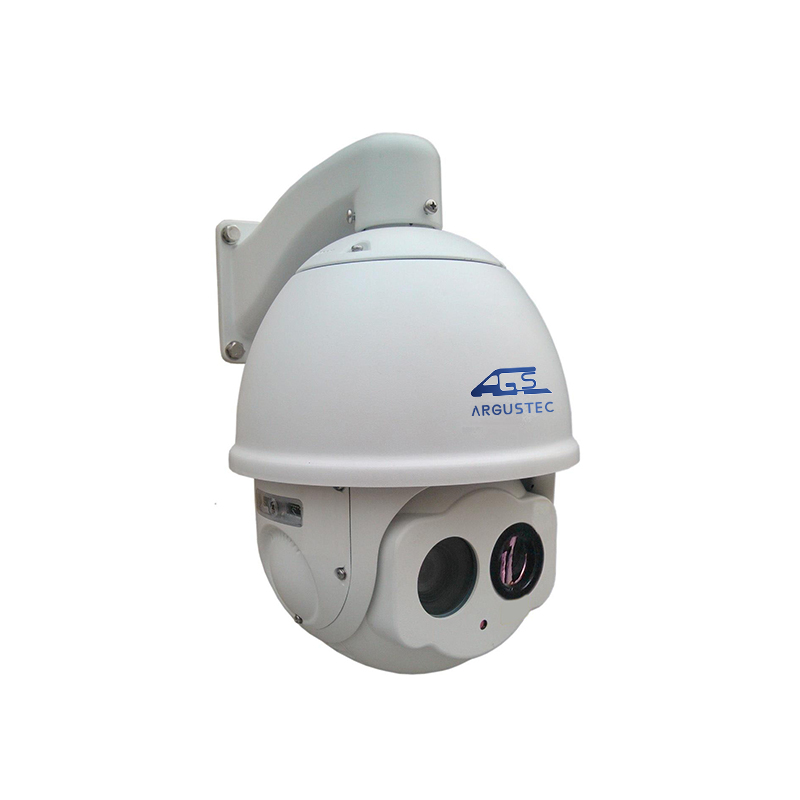


 English
English

